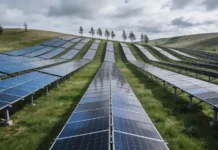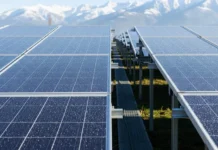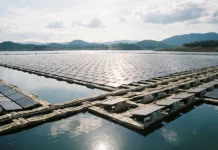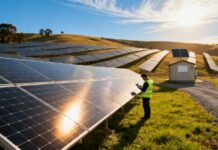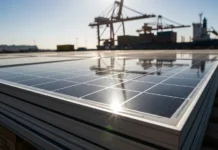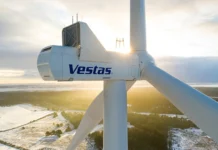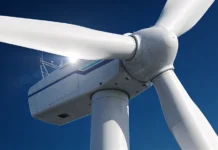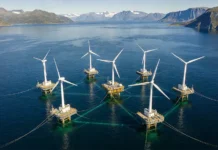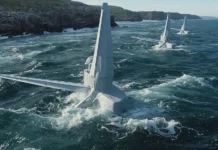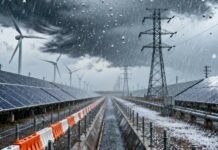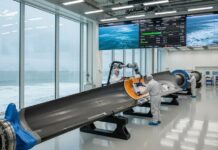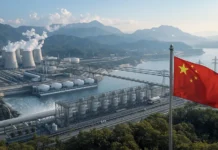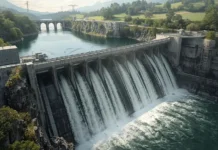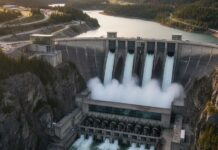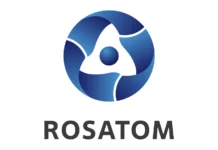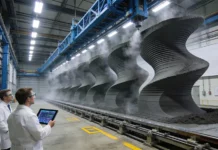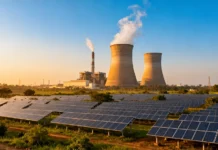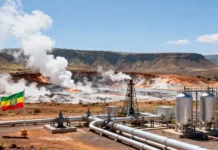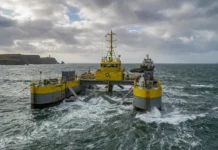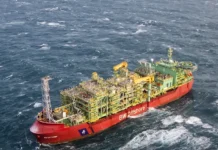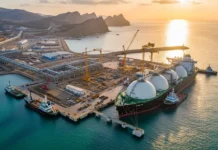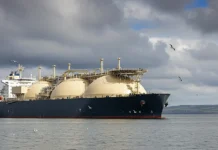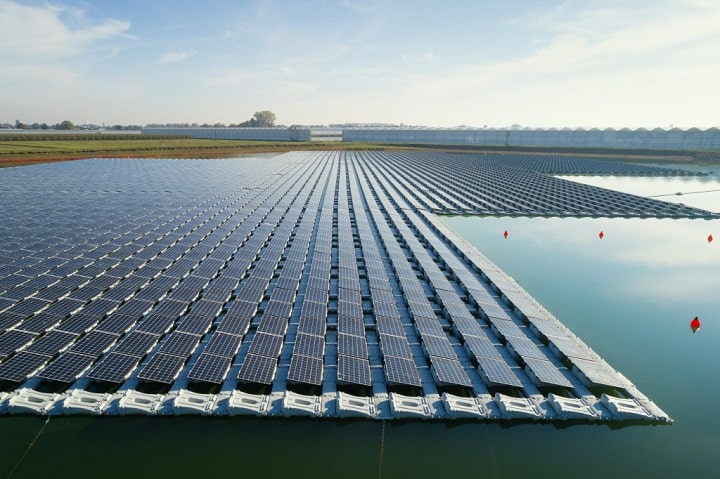Spain has enacted a new rule about putting floating solar PV (FPV) systems on reservoirs.
After today’s Council of Ministers meeting, the Spanish Ministry for the Ecological Transition and the Demographic Challenge (MITECO) approved a royal decree. This decree concerns installing FPV systems on publicly or state-owned reservoirs connected to existing grid connections.
This regulation for installing FPV on public reservoirs comes more than two years after MITECO initially proposed the decree for public consultation.
The final decree remains mostly unchanged from its initial version but introduces a limit on the water surface area a PV project can occupy. For mesotrophic waters, which are considered ‘clear water,’ the limit is 5% of the reservoir’s surface. This limit increases to 15% for eutrophic waters, which have a high biological presence.
FPV plants will not be installed in lakes, ponds, or other natural or unaltered water bodies.
Licenses for these projects will be temporary, lasting up to 25 years, either through company proposals or public auctions.
MITECO will also implement monitoring policies to study the potential environmental impacts and understand the technology better. The ministry emphasizes that FPV projects are seen as beneficial for both energy production and the environment.
Recently, Soltec, the Spanish solar PV tracker manufacturer went on to introduce a new floating tracker designed for inland water bodies like reservoirs and ponds. This new tracker features an east-west tracking system akin to horizontal ground-based solar trackers and an advanced naval design to withstand the challenges of being situated on water.


